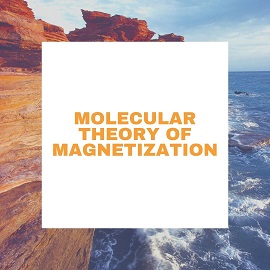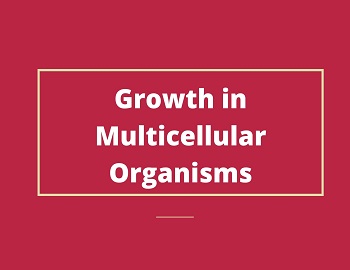Fertilization:
Fertilization is a complex process. It results in the diploid condition and the events that lead to the fusion of male and female nuclei vary in the plant kingdom. In metazoans, it is fairly uniform. The male sex cells are motile and always reach the eggs whether they are in the water or in the female reproductive tract.
The sperms are attracted chemotactically to the eggs and remain attached to the egg surface. Through a series of chemical reactions, the egg coat is pierced through a single sperm only. The process of fertilization is best understood in echinoderms. After the entry of the sperm head into the egg, a fertilization membrane begins to rise, beginning at the point of sperm entry. Within a few seconds, the membrane is completely lifted off the egg surface. The formation of the fertilization membrane is due to the cortical reaction of the egg cytoplasm. After the membrane is fully formed, fluid accumulates between the fertilization membrane and the egg surface, which is highly viscous.
A series of metabolic changes take place immediately after fertilization, which includes the release of calcium ions, proteolysis, synthesis of carbohydrates and ATP, and formation of an acid whose nature is not known. In sea urchin eggs, maturation and fertilization take place in the ovary and after extrusion of the second polar body, the aster of egg nucleus disappears, rendering them fertilizable. As the sperm head enters the egg, it moves towards the female nucleus and a sperm aster appears around the sperm centriole. The sperm head is transformed into a vesicle, its nucleus enlarges and the egg and sperm pronuclei fuse to form the zygote nucleus. The zygote nucleus moves towards the centre along with the aster.
The fertilized egg undergoes cleavage mitotically, giving rise to a number of cleavage cells or blastomeres. The process does not involve any cell growth, hence the resulting blastula is about the same size as the original egg. The egg now proceeds further on the path of development, resulting in an embryo.









Comments (No)